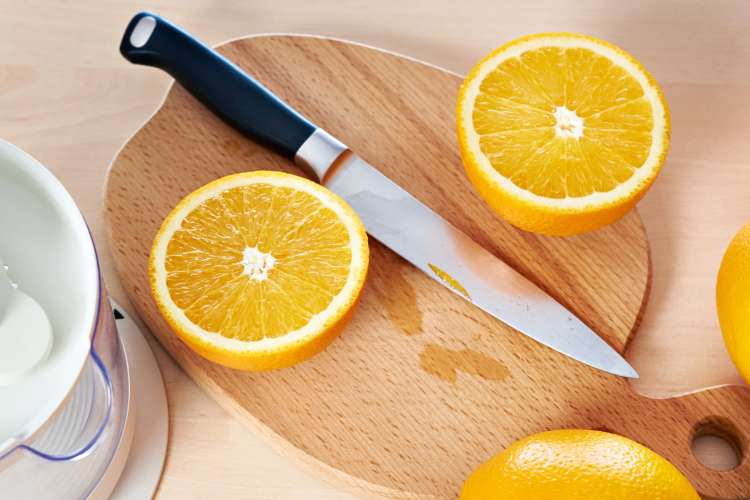Handling a knife is a crucial skill, especially for kitchen professionals. Knowing how to stop bleeding from a knife cut on the finger is essential. This can help prevent more severe injuries and ensure safety in the kitchen. Accidents can happen anytime, even when you’re using your knife.

Understanding Knife Cuts
Knife cuts are common in the kitchen. They can happen when slicing a mango or even when preparing a coconut. The severity of a cut varies, making it essential to assess it immediately.
First Aid for Knife Cuts
Initial Steps
When a cut occurs, the first step is to stay calm. This helps in managing the situation effectively. Quickly evaluate the cut by checking its depth and length.
Pressure Application
Apply pressure on the wound using a clean cloth. This step is crucial in stopping the bleeding. Elevate your hand above heart level to slow the blood flow.
Clean the Wound
It is important to clean the cut to prevent infection. Use soap and water to gently clean the area. Avoid using alcohol, as it may irritate the wound.
Applying a Bandage
After cleaning, dry the area and apply a sterile bandage. This protects the cut from dirt and bacteria.
Signs of Infection
Be aware of infection signs like redness, swelling, or pus. If symptoms appear, consult a doctor. Kitchen professionals must be extra cautious due to frequent knife handling.
Preventing Knife Cuts
Proper Knife Technique
Learn how to handle knives correctly. For instance, hold the knife handle firmly and ensure you have a good grip. You can improve your skills by learning knife techniques.
Keep Knives Sharp
Sharp knives lead to fewer accidents. A dull knife requires more force and can slip more easily.
Store Knives Properly
Always store knives in a block or sheath. This keeps the blades protected and prevents accidental cuts.
Additional Tips
Kitchen professionals should always have a first aid kit accessible. Regularly check and restock supplies as needed.
When to Seek Medical Attention
If the bleeding does not stop after a few minutes of applying pressure, seek medical help. Deep cuts might require stitches.
Conclusion
Knowing how to stop bleeding from a knife cut on the finger is vital for kitchen professionals. Practice safe knife handling techniques to reduce the risk of cuts. In the case of an accident, act promptly and efficiently to manage the injury.

FAQ
Q: How long should I apply pressure on the cut?
A: Apply pressure for several minutes until the bleeding stops.
Q: What if the bleeding doesn’t stop?
A: Consider seeking medical attention if the bleeding continues after 10 minutes.
Q: Can I use any cloth for applying pressure?
A: It is best to use a clean and sterile cloth to minimize the risk of infection.
This detailed guide can further aid in treating injuries.
This article contains affiliate links. We may earn a commission at no extra cost to you.


